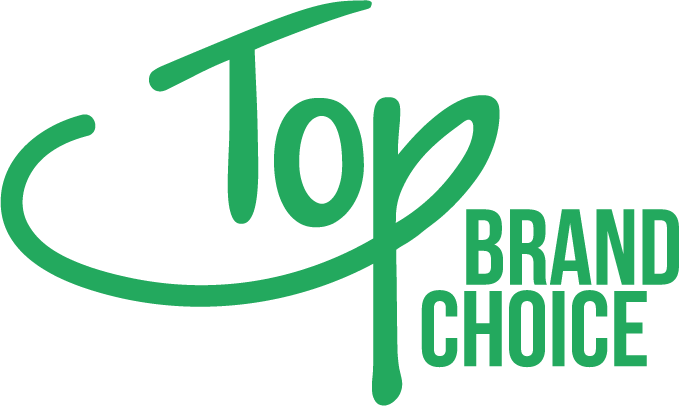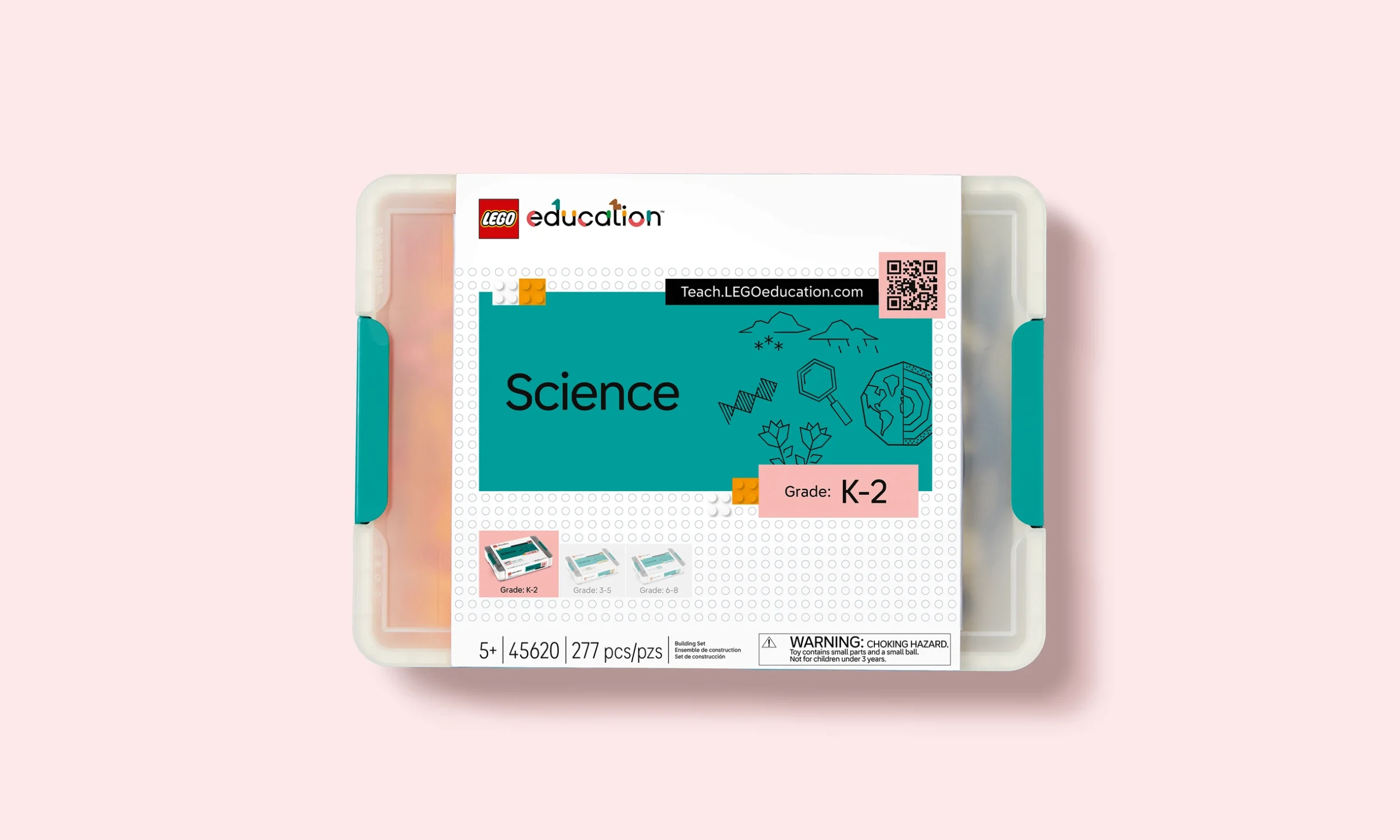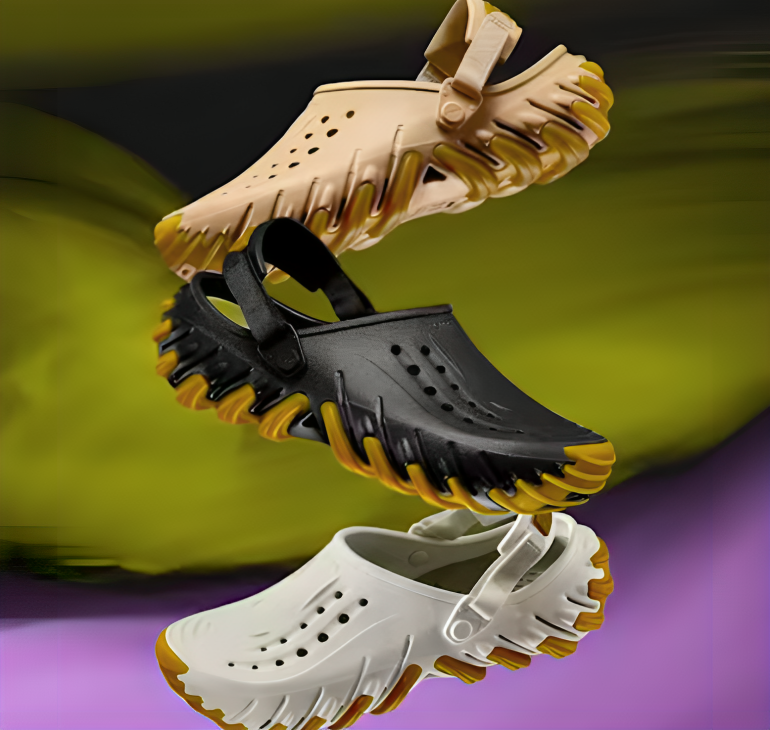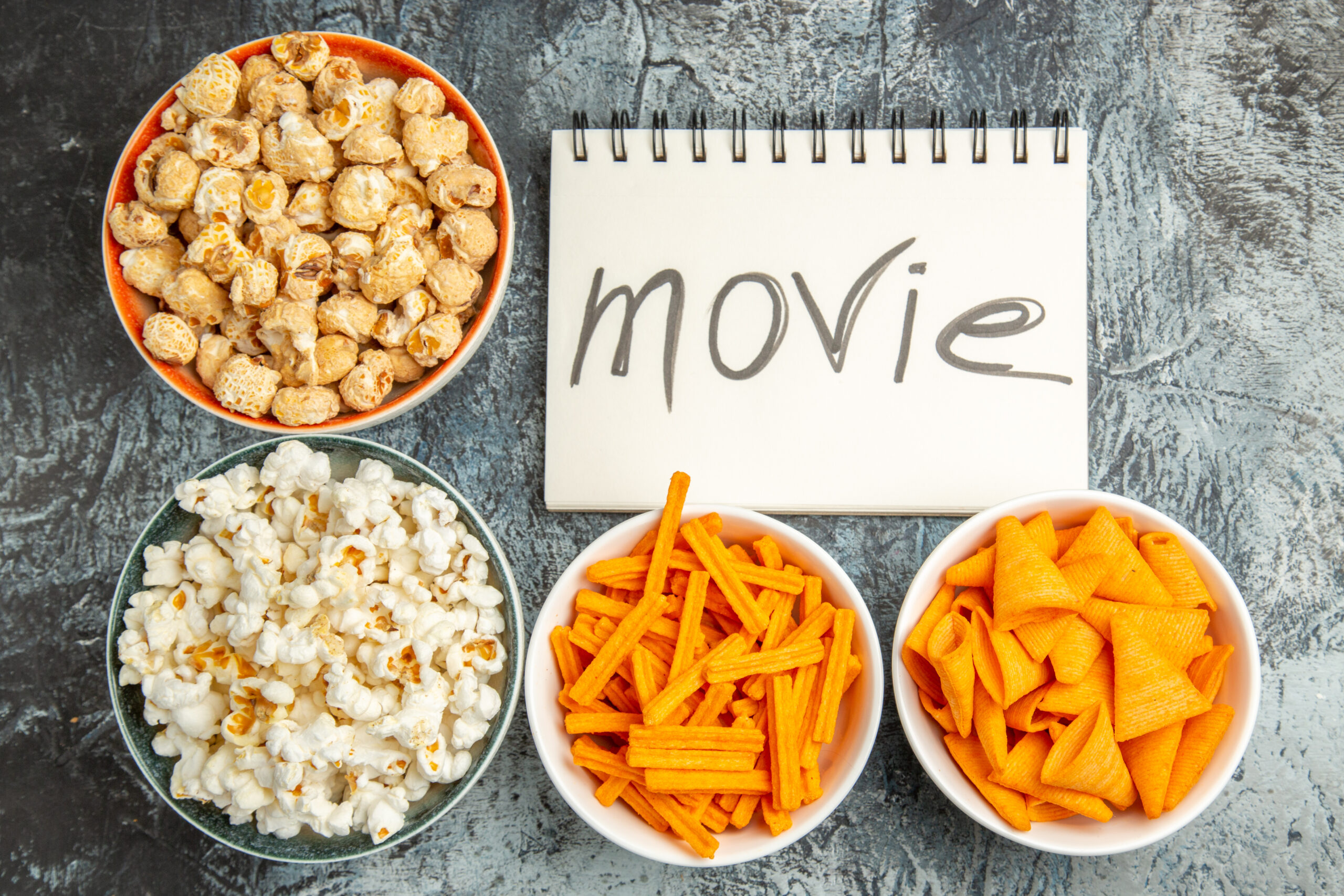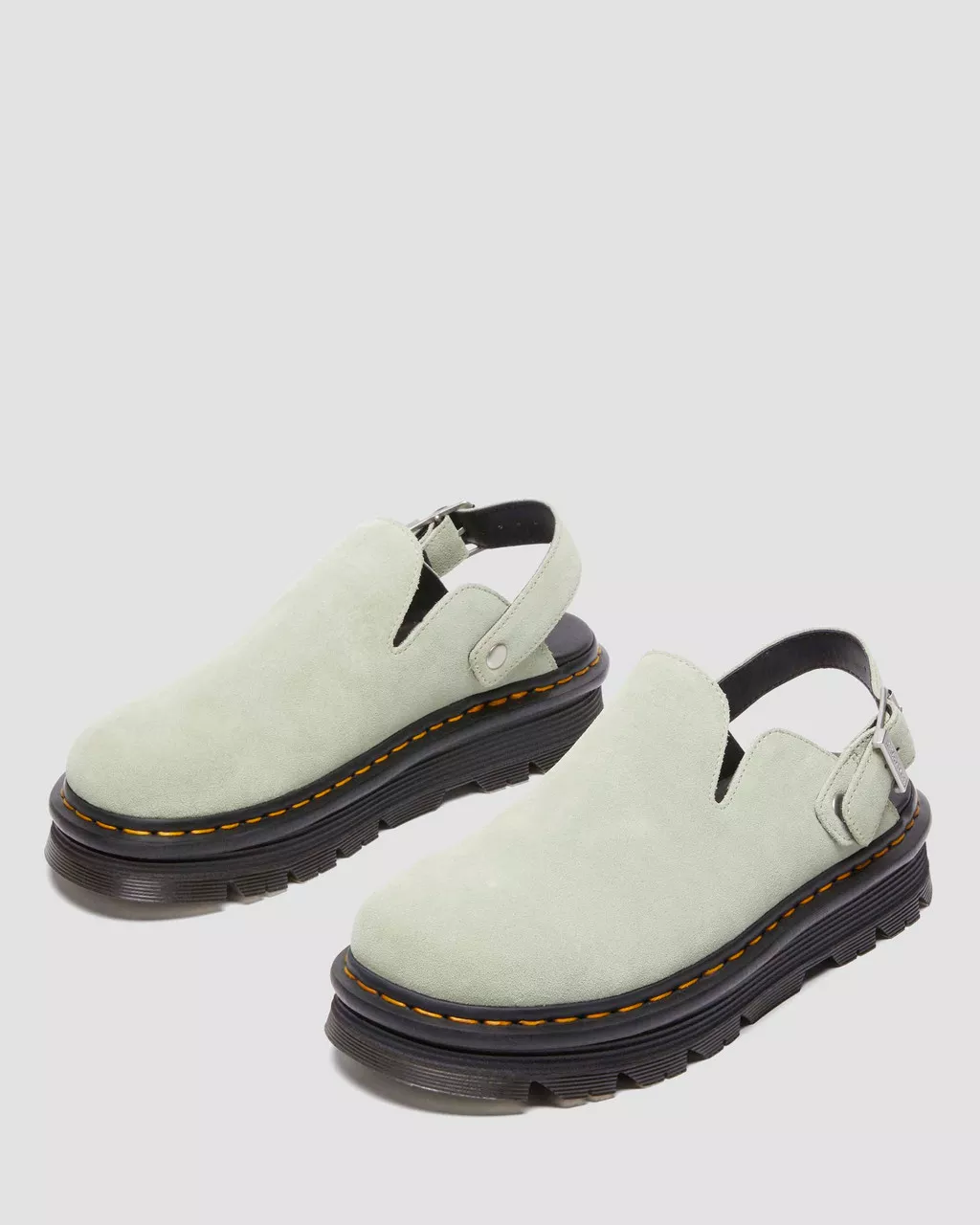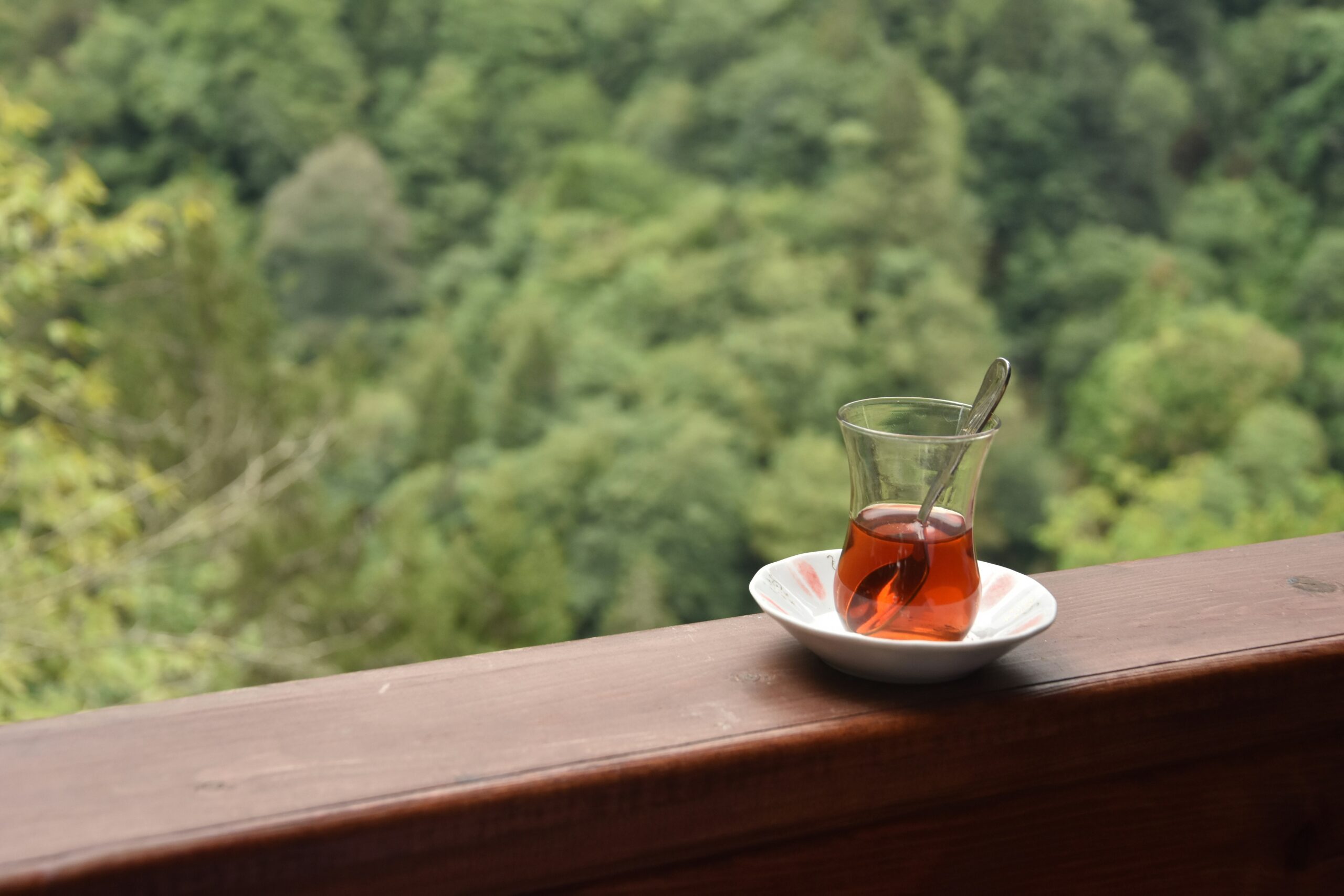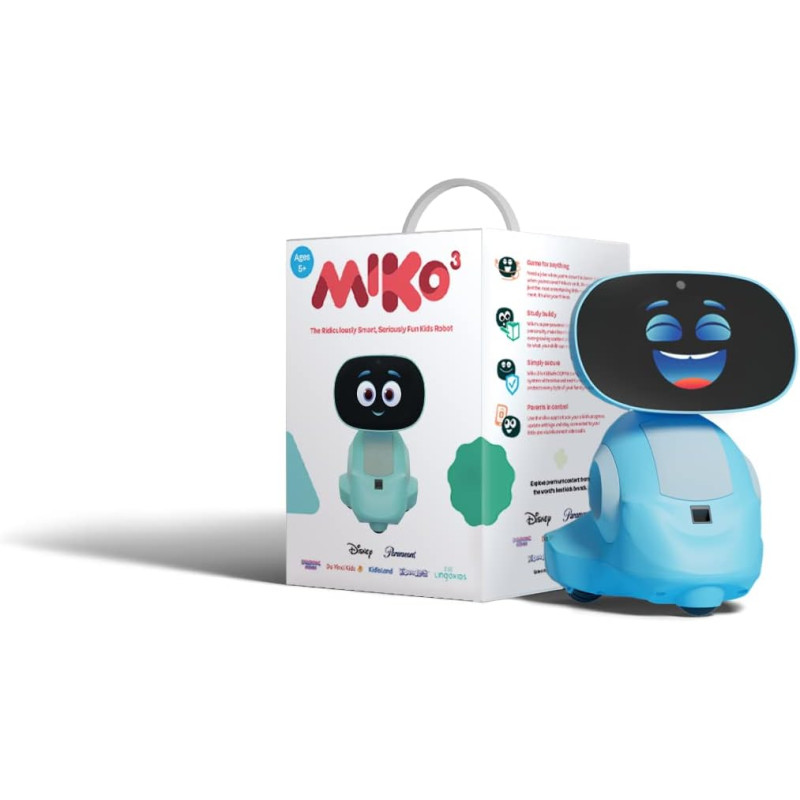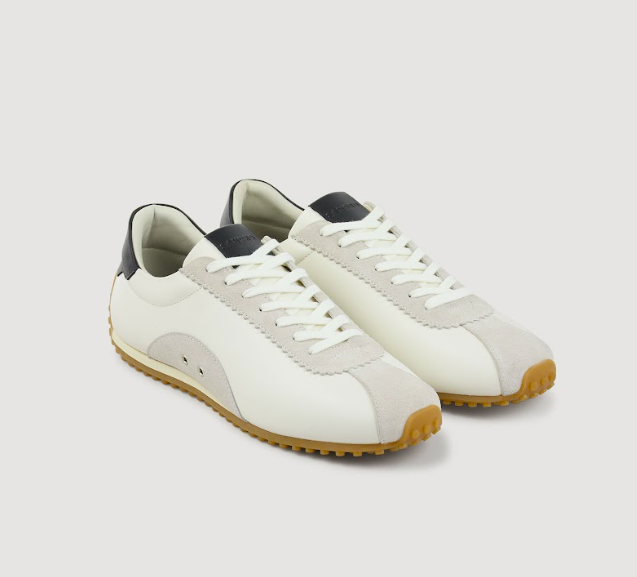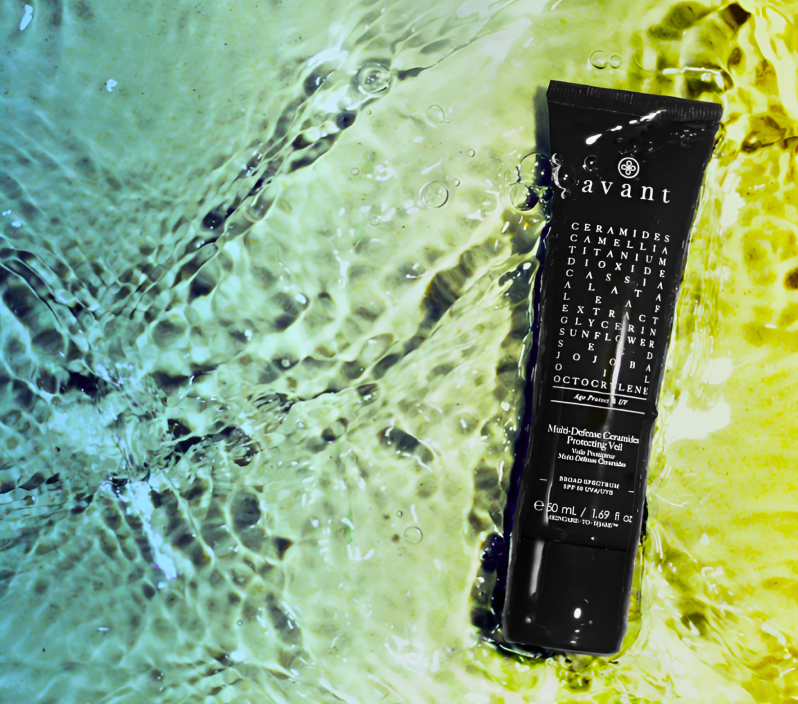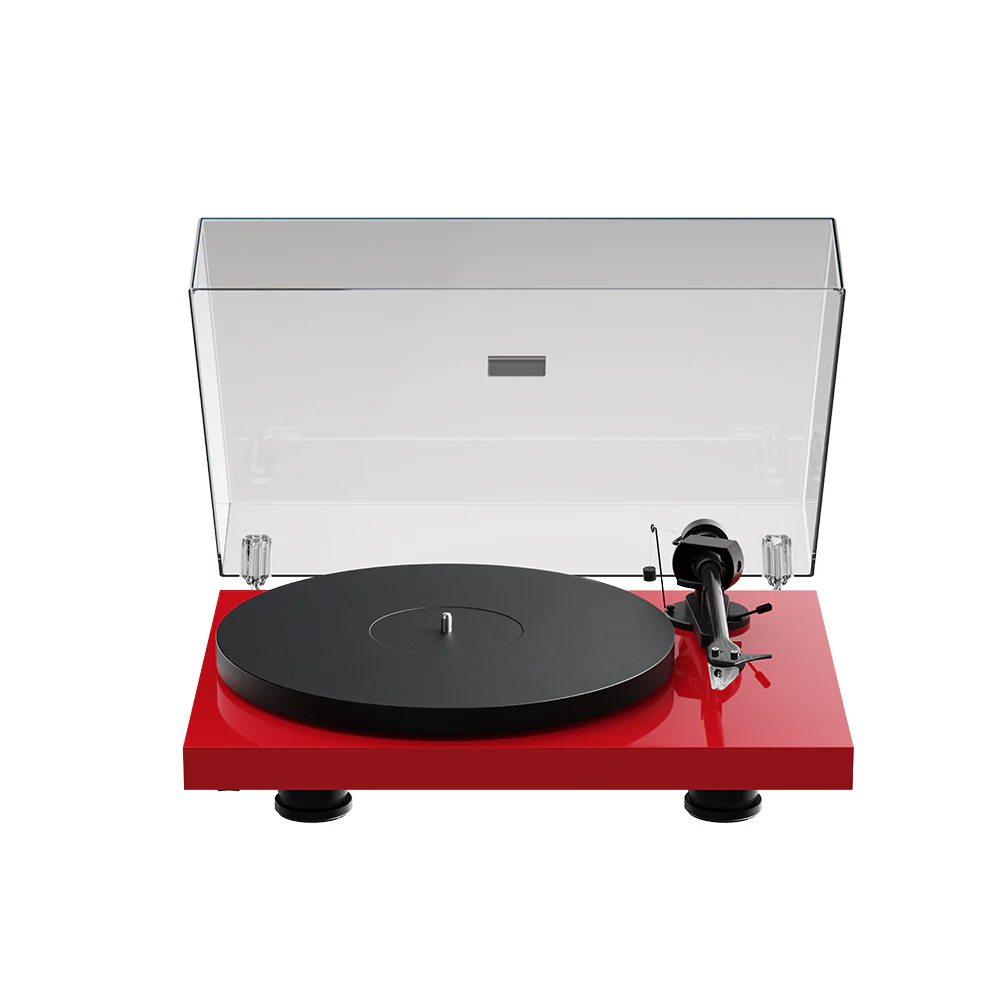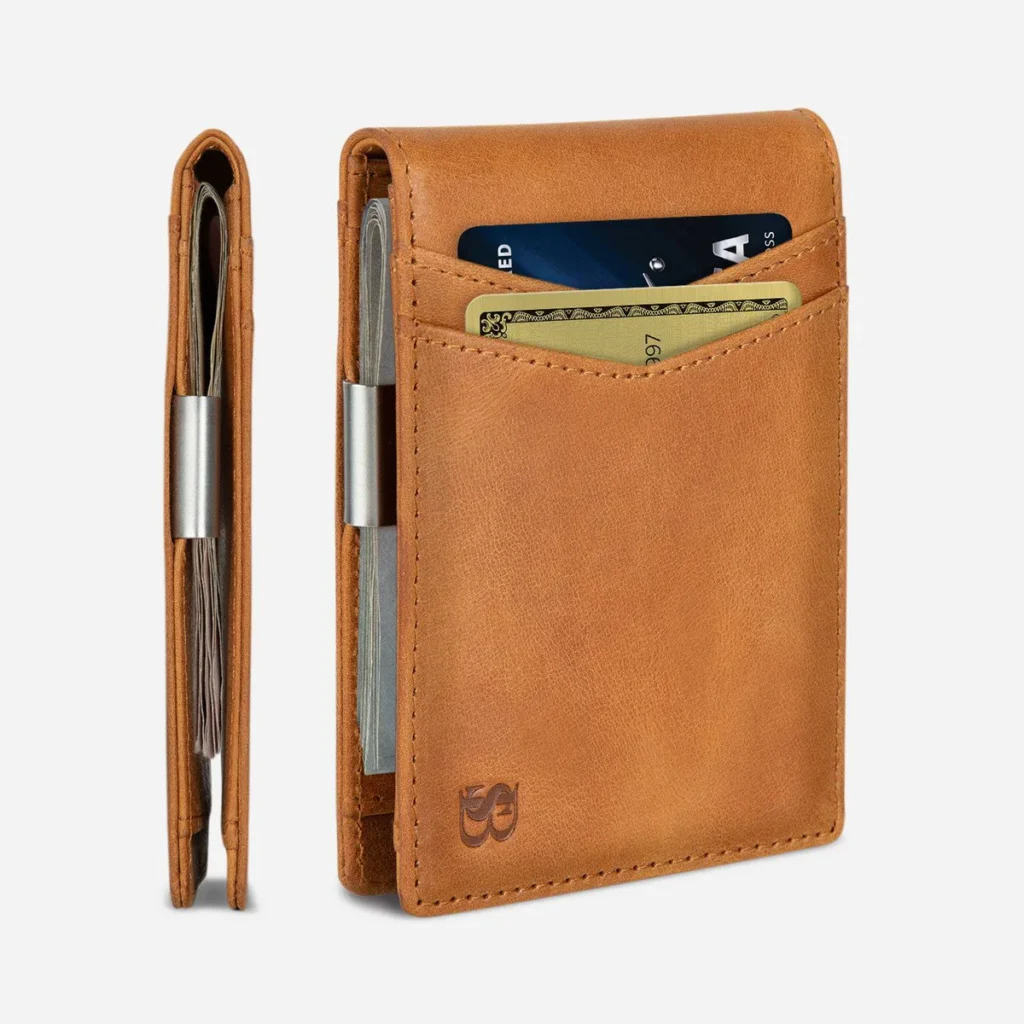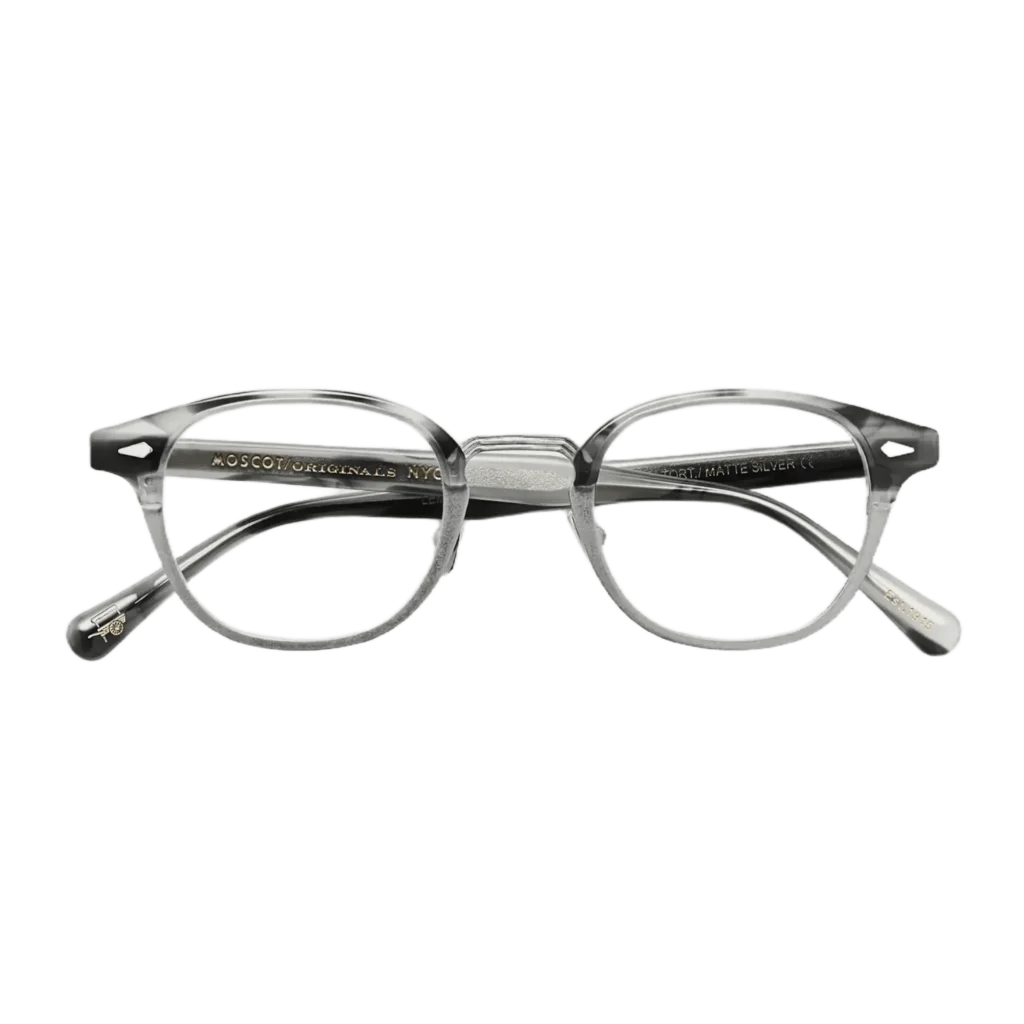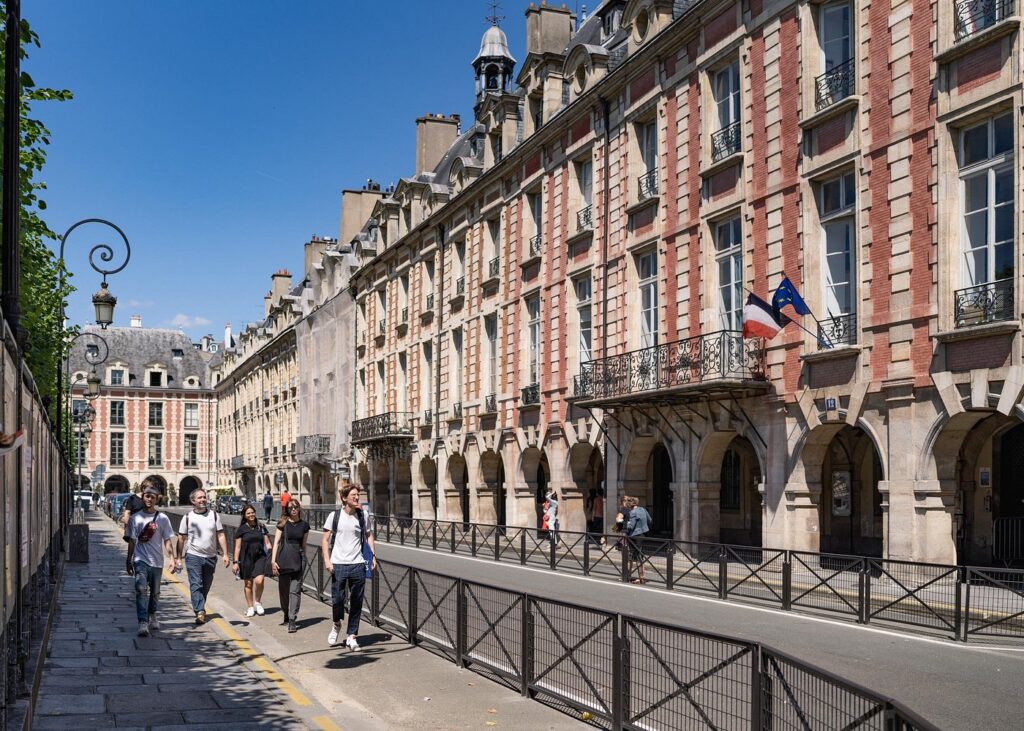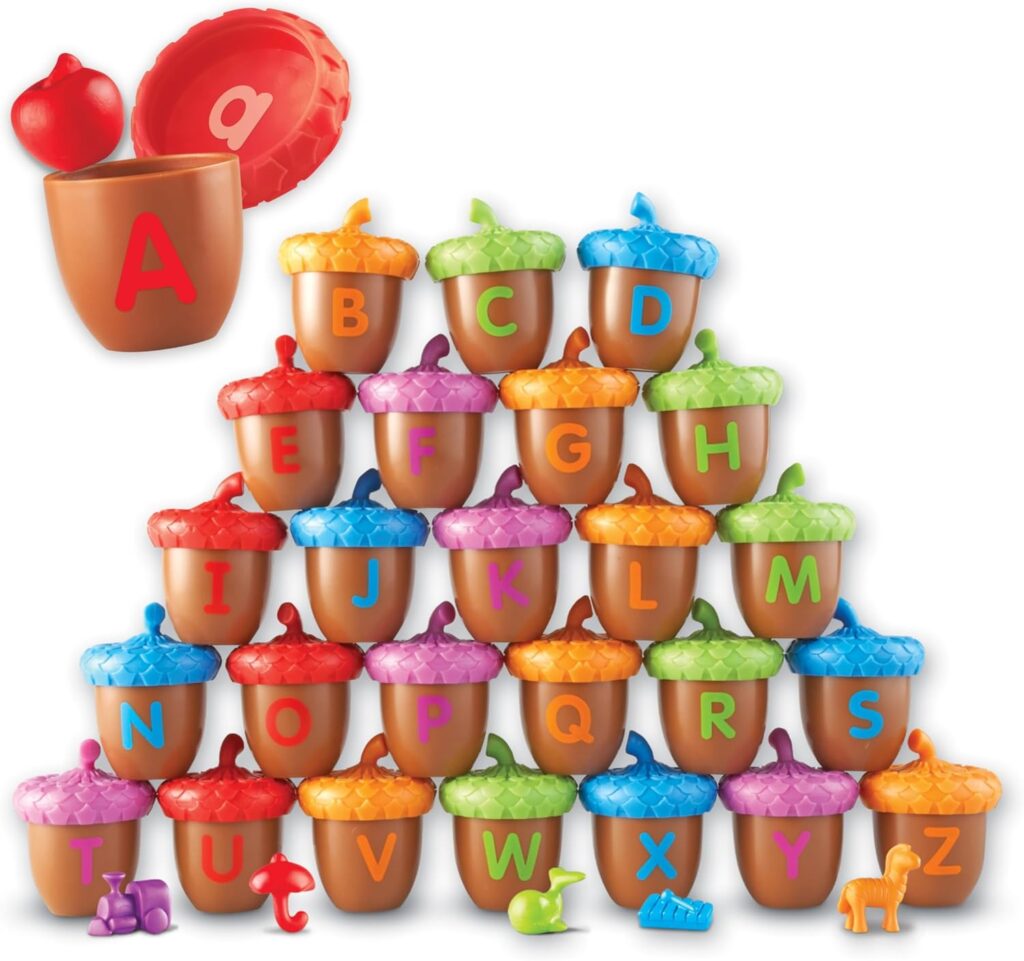When young learners can snap, stack, and see results in real time, science stops being abstract and starts feeling possible. The LEGO Education Science Classroom Bundle (K–2) turns standards into stories your students can touch—motion becomes a rolling cart, habitats become brick-built ecosystems, and data turns into a simple chart the whole class understands.
In this article, you’ll get a classroom-tested framework for launching, running, and assessing hands-on science with minimal prep: day-one routines, inquiry prompts that spark productive talk, cross-curricular literacy moves, differentiation for mixed abilities, and the storage/cleanup
Shop LEGO Education Science Classroom Bundle
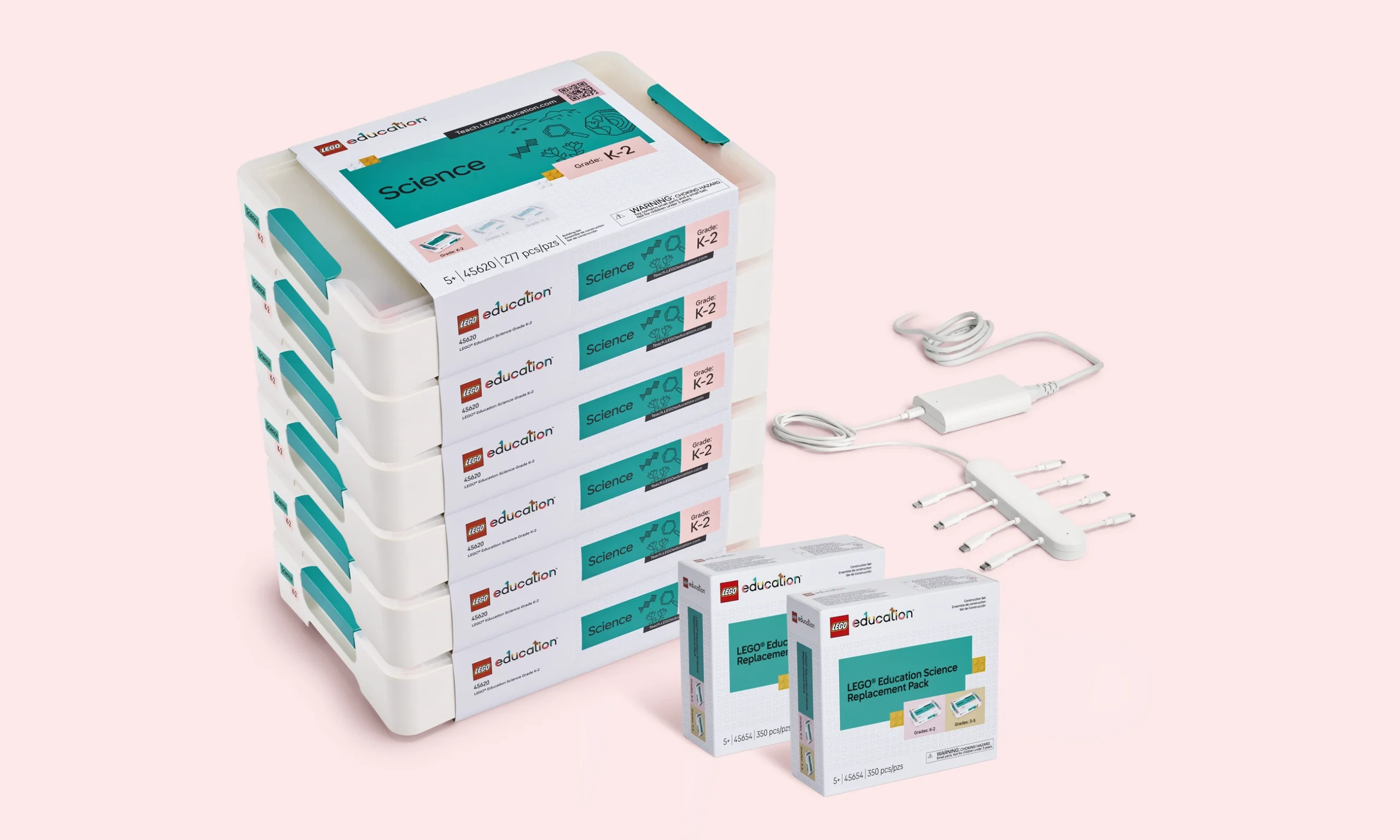
What Makes K–2 Hands-On Science Work (and Stick)
Early elementary brains love patterns and cause-and-effect. Blocks are pattern engines. Each model is a testable claim: If I add a heavier brick, will the ramp car go farther? If I move the plant model closer to the “sun,” what changes? The LEGO Education Science Classroom Bundle is built for this logic. Kits include age-appropriate elements that click together with little force, visual instructions that reduce decoding friction, and prompt cards that teach students to tinker, not wait for permission. Because the bricks are familiar, cognitive load shifts from “how do I use this tool?” to “what does this idea mean?”—exactly where you want it.
Launch Routines: Your First 20 Minutes with the Bundle
Start with a “tools talk” on the carpet. Hold up a base plate, beam, axle, and a handful of connectors. Introduce three rules your K–2 students can repeat: use gentle hands, keep pieces in your team tray, share turns. Then model a micro-investigation in under five minutes: build a tiny cart, tilt a folder as a ramp, and ask, “What could change the distance?” Students shout ideas—height, weight, surface. Circle two variables on the board and say, “Today, we change one thing and measure.”
Move students to tables in teams of two to three. Give each team a tray with a simplified parts set. Your role shifts to facilitator: ask what they’re trying; narrate strategy, not speed (“I see you tested ramp height twice to check your result.”). Pause halfway for a “gallery walk”: every team leaves their model, rotates to another table, and shares one glow and one grow. The routine becomes muscle memory by week two.
Planning with the Standards—Without Losing the Fun
You don’t need a brand-new calendar to use the LEGO Education Science Classroom Bundle—just reframe familiar units:
- Pushes & Pulls (K–1 Physical Science): Students build carts, add or remove mass, and test different ramp heights. Talk about force, motion, and friction using student language first (“sticky floor,” “super slide”), then introduce the formal words.
- Plant & Animal Needs (Life Science): Construct a mini habitat with a sun symbol, water source, and shelter. Ask what happens if we remove one feature. Students justify changes and link to real animals.
- Weather & Observations (Earth Science): Create simple wind vanes or “rain models” with clear cups and blue bricks as droplets. Chart observations over days to see patterns.
- Engineering Design (Across K–2): Present a problem—“Build a bridge strong enough for three animal figures”—and iterate. Evidence becomes the number of figures supported, not adult opinion.
Because the builds are quick, you can cycle through predict → test → observe → iterate in a single block, preserving momentum and attention.
Shop LEGO Education Science Classroom Bundle
Language-Rich Science: Talk, Read, Write—Then Build Again
K–2 science is also a language class. Treat every build as a text. Before building, preview just three tier-two words you want students to use—compare, pattern, measure—and one domain term, like friction or habitat. During the share-out, capture student quotes verbatim on a chart. When they hear their own words, they re-use them, and the vocabulary sticks.
Integrate a short read-aloud (informational picture book, two-page article) that mirrors the day’s concept. After reading, return to the models and ask students to revise one feature using something they noticed in the text. That tiny loop—read → revise → explain—turns passive listening into applied thinking. For writing, use sentence frames that scaffold evidence: “I changed ___ because ___. My test showed ___.” Collect these slips as exit tickets to track growth.
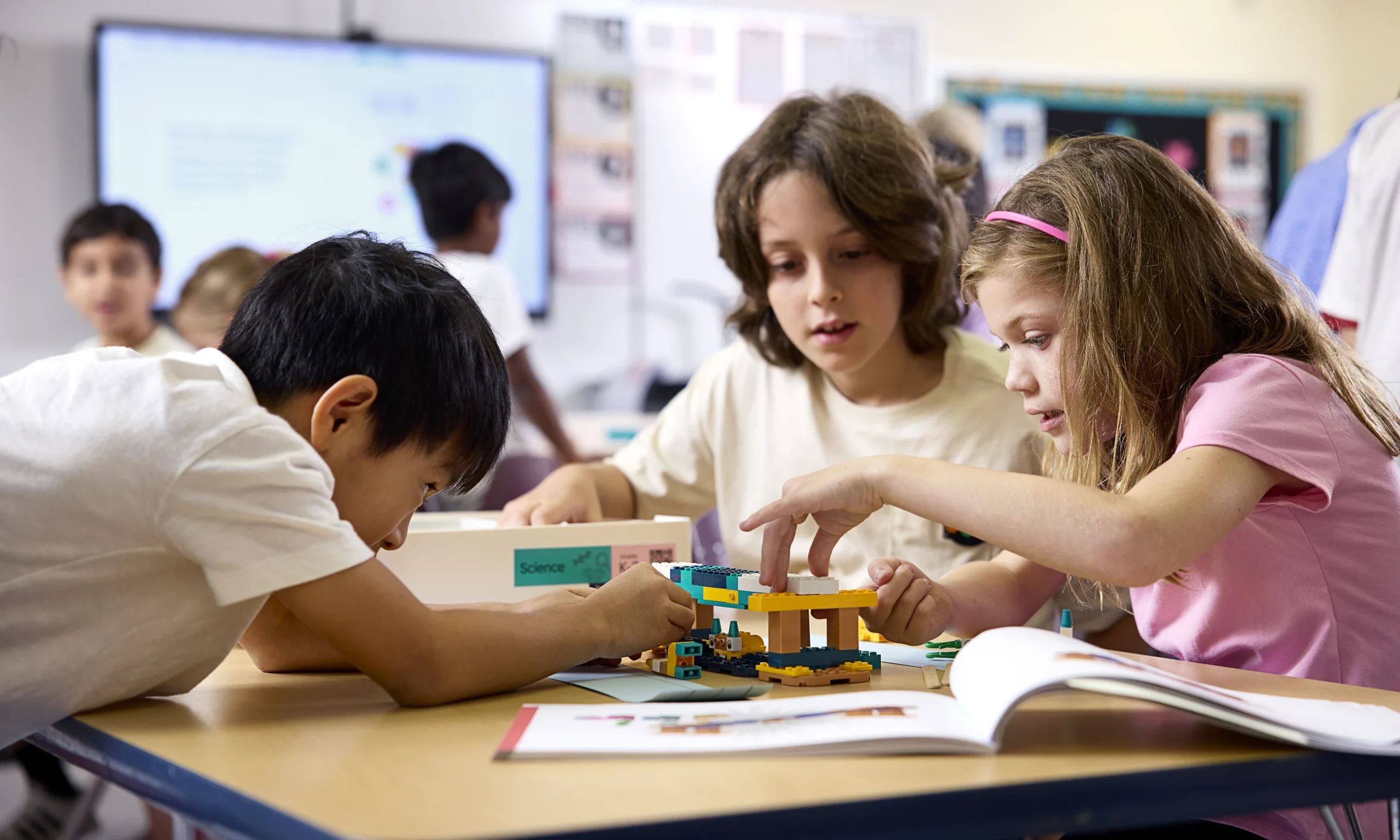
Managing Materials (and Emotions): Smooth Systems Win
Chaos kills curiosity. Create a materials map students can read at a glance:
- A color dot on each bin matches the table group.
- Inside each bin, a shallow tray keeps “must-have” pieces separated (wheels, axles, plates).
- A laminated parts picture lives in the lid so cleanup becomes a matching game.
Build emotions management into your routine. If a tower falls, it’s not failure—it’s data. Teach a simple breath/reset script: “Stop. Look. What stayed strong?” Students learn to analyze structure before fixing it, which reduces tears and solves more problems. For early finishers, keep a “challenge card” stack—optional constraints like “make your cart turn” or “bridge a longer gap with fewer bricks.” It keeps the room humming without piling work on you.
Differentiation That Doesn’t Double Your Prep
Mixed-ability groups are a feature, not a bug. Offer choice in process and product. Some students will follow the picture guide precisely; others will prototype freely. Both pathways teach science if you anchor them to the same question. Provide a few “just-in-time” scaffolds: sloped folders for ramps, pre-measured string for distance, small stickers to mark start lines. For students who need challenge, add a constraint—limited bricks or a weight budget. For students who need support, pre-bag a mini-set with fewer, larger elements and assign a clear role (tester, measurer, photographer). Everyone contributes to the evidence.
Assessment You Can Actually Do During Class
Clipboards slow you down; quick cycles keep you present. Use a two-check system:
- During build: Circulate with sticky notes. When a student uses target vocabulary or modifies a variable correctly, jot a micro-observation and stick it on their team card.
- After build: Photograph each team’s model with a white index card showing their names and a one-sentence claim. Drop the photos into a slide deck by table color. That deck becomes your running portfolio and parent-friendly evidence at conferences.
Rubrics for K–2 should reward process moves: planning, testing one change at a time, using words/drawings to communicate. The LEGO Education Science Classroom Bundle makes these moves visible—students literally point to the piece they changed.
Shop LEGO Education Science Classroom Bundle

Sample Mini-Units (One Week Each)
Motion & Measurement (Grade 1):
Day 1: Build a baseline cart and test on a low ramp.
Day 2: Change one variable—height—and measure distance with string laid on the floor, then compare strings.
Day 3: Introduce friction by placing different surfaces at the bottom (paper, felt, aluminum foil).
Day 4: Student-designed tests; students choose which variable to change and predict outcomes.
Day 5: Share findings in a “science fair” circle; students present one claim and one piece of evidence.
Habitats & Needs (K–2):
Day 1: Build a generic habitat with sun, water, shelter.
Day 2: Specialize—desert vs. forest. Students modify for temperature and water access.
Day 3: “What if?” day—remove one feature and problem-solve.
Day 4: Add an “engineer for change” twist: how could people help an animal when seasons change?
Day 5: Create a simple class book with photos of models and dictation.
Weather, Tools, and Patterns (Grade 2):
Day 1: Build a simple weather vane and test on the playground.
Day 2: Track direction over morning/afternoon; graph on a big chart.
Day 3: Model rain with cups and “cloud” lids; compare droplet sizes.
Day 4: Investigate sunlight with a paper puppet and flashlight—measure shadow length.
Day 5: Synthesize: “What weather pattern did we see this week?”
Family & Community Connections
Send home a one-page “Ask Me About Our Investigation” flyer with a photo from class and two conversation starters. Invite families to a 20-minute “open lab” before pickup—students teach grown-ups how their model works. If you have a community partner (library, museum), loan a small display of student photos and claims for a month. Students see science valued outside the classroom; you build goodwill with zero extra grading.
Tech Light, Not Tech Heavy
A single tablet per class is enough. Use it to time runs, snap photos, and record short student explanations. If your school uses a digital portfolio app, post one artifact per week. Keep data analog for little hands: strings for distance, cubes for counting, sticky notes for predictions. The simplicity keeps attention on phenomena, not screens.
Storage, Sanitizing, and End-of-Day Reset
Label each bin with a photo of its exact contents. At cleanup, students use the photo like a puzzle—everything must match before the bin “graduates” to the shelf. For sanitizing, a quick wipe of frequently handled beams and wheels with school-safe wipes works; avoid soaking pieces. Once a month, run a deep sort as a class job: it doubles as a classification lesson (“Which pieces roll? Which pieces connect with axles?”). Keep a “lost & found” cup on your desk; nothing derails a next-day build like a missing axle.
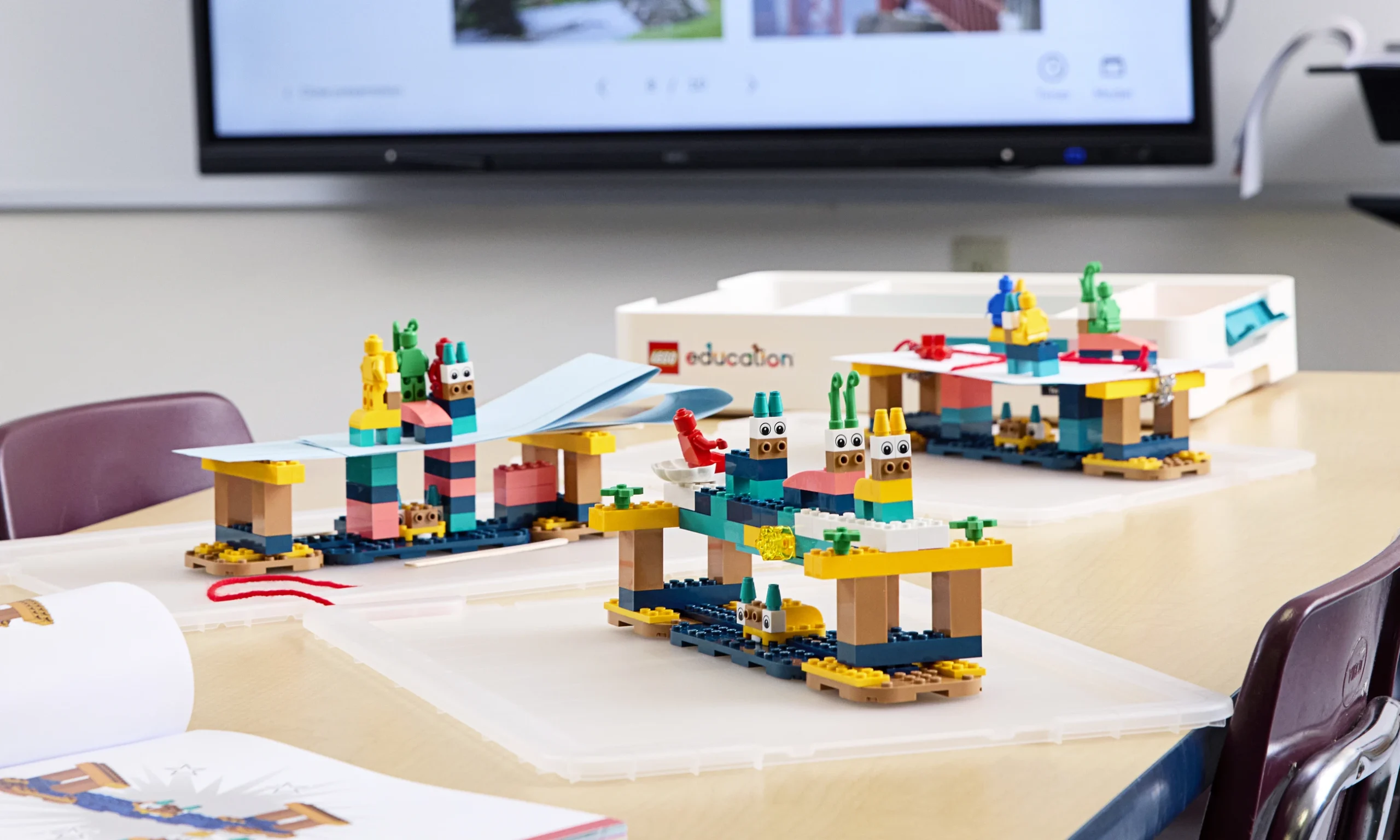
Conclusion
Great K–2 science doesn’t require elaborate labs—it needs experiences that invite questions and reward iteration. The LEGO Education Science Classroom Bundle lets you teach the habits of scientists—observing, predicting, testing, explaining—without drowning in prep. Start with a simple launch routine, weave in language on purpose, manage materials with visual systems, and assess what matters: how students think and communicate. Do that, and you’ll watch confidence compound. Little hands will build big ideas, and your classroom will hum with the most teachable sound there is: the click of a new connection—brick to brick, thought to thought.
Shop LEGO Education Science Classroom Bundle
FAQ
- How many students can one bundle support at once?
Set up partners or trios at each table; rotate trays as stations. Most K–2 rooms run 6–8 teams comfortably with a class set of bins. - Do I need to follow scripted lessons?
No. Use the kit for quick investigations aligned to your unit. Picture prompts and challenge cards keep structure without rigid scripts. - How do I assess without formal tests?
Collect photo evidence with one-sentence claims, use observation notes during builds, and review exit slips with sentence frames. - What if pieces go missing?
Maintain a “lost & found” cup and a monthly deep sort. Photograph bin contents to make student-led inventory fast. - Can I use the bundle across grades K–2?
Yes—scale complexity: simpler builds and more modeling in K, more measurement and explanation in grades 1–2. - How do I support multilingual learners?
Front-load visuals and gestures, keep sentence frames visible, and celebrate home-language explanations before inviting English labels. - How much time does a lesson take?
Thirty to forty minutes works: mini-lesson (5), build/test (20), gallery walk (5), share/exit ticket (5–10). - Is it messy to clean?
Not with systems. Color-coded bins, lid photos, and a “matching game” cleanup turn reset into a student job rather than a teacher chore.
